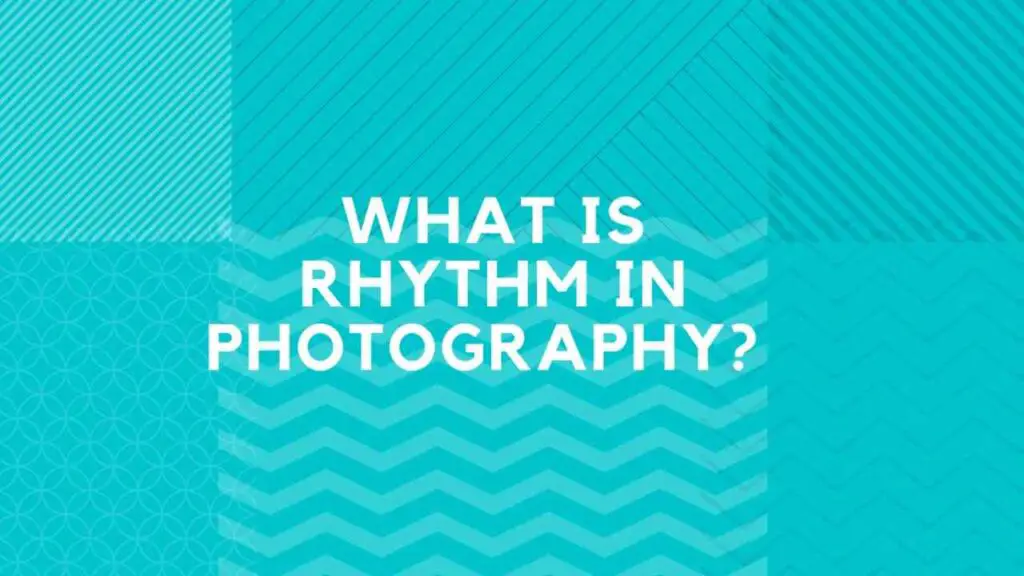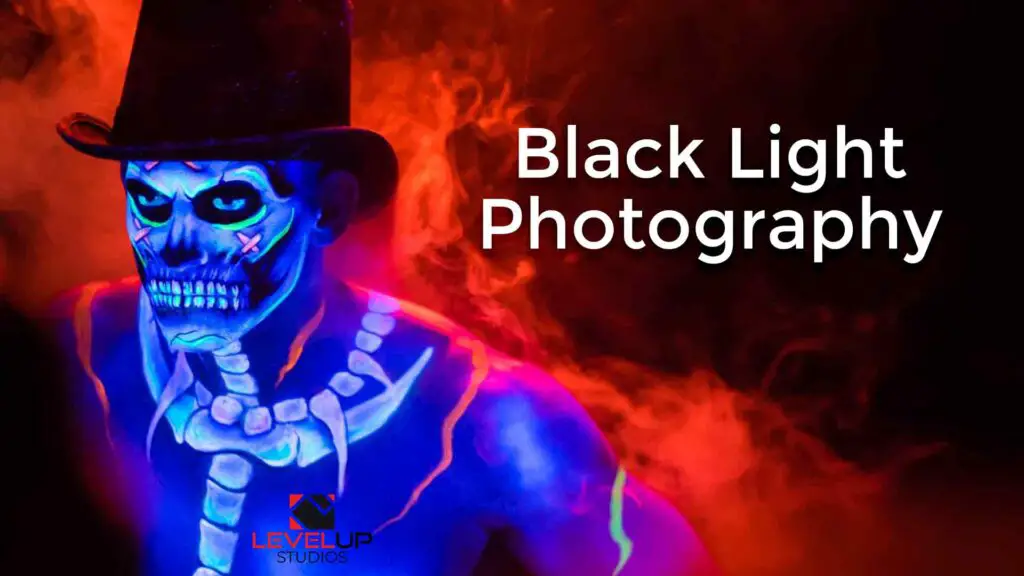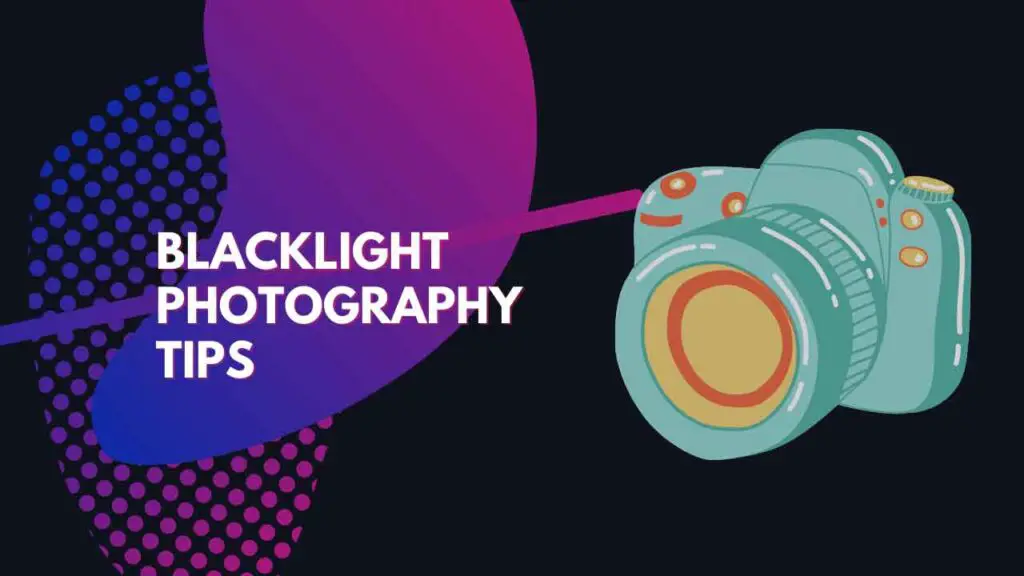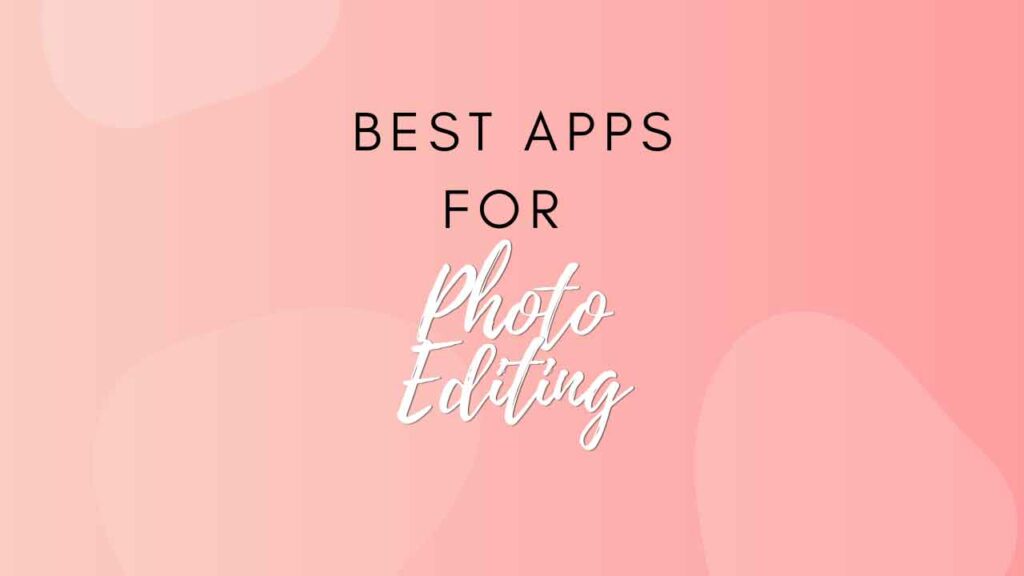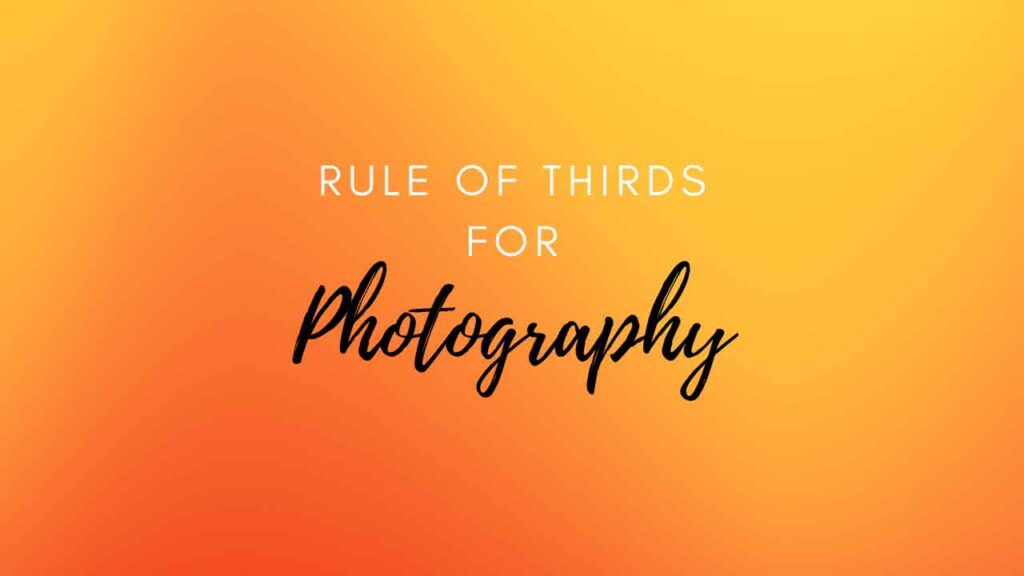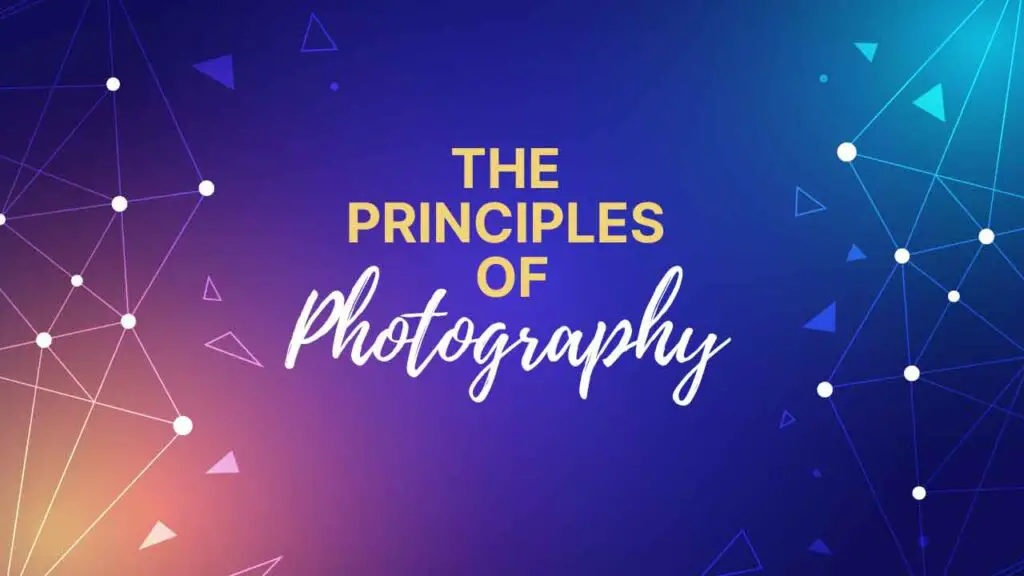THIS ARTICLE MAY CONTAIN AFFILIATE MARKETING LINKS! IN CASE YOU MAKE A PURCHASE THROUGH ONE OF THE LINKS, WE'LL GET A SMALL COMMISSION. WITH NO EXTRA CHARGES TO YOU. THANKS!!
Today, let’s dive into the rhythmic world of photography. You might be wondering, what is rhythm in photography? Well, buckle up, because we’re about to unravel this captivating concept that adds soul and groove to your snapshots.
What is Rhythm in Photography?
Picture this – photography as a dance floor, and the elements in your frame as the dancers. Our journey begins with understanding how these elements move together, creating a visual symphony.
Rhythm in photography is the dynamic interplay of repeated elements, patterns, and movements that guide the viewer’s eye across an image. Much like the beats in music, visual rhythm in photography adds a sense of flow and harmony to the composition. It involves recognizing and strategically incorporating elements such as patterns, contrast, and timing to create a captivating visual dance.
Understanding the concept of rhythm allows photographers to compose images that resonate with viewers emotionally. Whether it’s capturing the regular beats of patterns or introducing the improvisational contrast, photographers use rhythm to create a visual symphony that engages and captivates.
The Pulse of Patterns
Rhythm in photography often starts with patterns. From the regular beats of a zebra’s stripes to the chaotic yet rhythmic street patterns, recognizing these visual beats is key.
Patterns play a crucial role in creating rhythm in photography. They are the building blocks that establish a visual beat and guide the viewer’s eye through the image. Here’s how patterns contribute to rhythm photography:
- Repetition and Regularity: Patterns involve the repetition or regular alternation of elements within a frame. This repetition establishes a rhythm that the viewer instinctively follows, creating visual harmony and cohesion in the photograph.
- Focusing Energy: In rhythm photography, patterns focus the energy of an image at specific points or in particular directions. This helps in directing the viewer’s attention to key elements, adding emphasis and depth to the composition.
- Defined Intervals: Patterns often have defined intervals between repeated elements. These intervals contribute to the tempo of the visual rhythm, influencing the overall flow and feel of the photograph.
- Guiding the Eye: Patterns act as visual cues, guiding the viewer’s eye along a deliberate path. This guidance creates a sense of order and structure, enhancing the overall rhythm and impact of the image.
Understanding and leveraging patterns in rhythm photography allow photographers to craft visually engaging and dynamic compositions.
Harmonizing Chaos
Ever seen a bustling market captured in a photo? It’s like a drum solo – seemingly chaotic, yet every element contributes to the rhythm. Learn how to find the melody in the mayhem.
Chaos in rhythm photography can be a powerful and dynamic element, adding energy and intrigue to your compositions. Here’s how to incorporate chaos into your rhythm photography:
- Breaking Patterns: Intentionally disrupt established patterns to introduce chaos. This can involve placing an element that contrasts with the repetitive rhythm, creating visual tension and interest.
- Zooming Into Abstraction: Use zooming techniques to create abstract scenes that embrace chaos. Zooming in on repetition or patterns can transform a familiar scene into a visually dynamic and chaotic abstraction.
- Dynamic Composition: Experiment with dynamic compositions by allowing chaotic elements to dominate certain areas of the frame. This asymmetry can inject a sense of unpredictability into the rhythm of the photograph.
- Imitating Motion: Create a sense of motion within static scenes by incorporating chaotic elements. This technique adds a feeling of dynamism and tension, making the image visually captivating.
Remember, chaos in rhythm photography is about introducing controlled disruptions that enhance the overall visual impact. It’s a balancing act between order and disorder to create a composition that sings with energy and excitement.
Repetition: The Drumbeat
Repetition is the drumbeat of photography. It’s the rhythm that creates familiarity and draws the viewer into the visual groove. Discover how to use repetition to compose your photographic melody.
Repetition is a fundamental tool in rhythm photography, creating a visual beat and establishing a sense of order and harmony in the composition. Here’s how repetition is effectively used in rhythm photography:
- Creating Visual Beat: Repetition establishes a visual beat in the photograph, guiding the viewer’s eye along a predictable and rhythmic path. This can be achieved through repeating shapes, patterns, or elements within the frame.
- Enhancing Symmetry and Balance: Repetition contributes to the overall symmetry and balance of an image. Consistent repetition of elements, when well-composed, adds a sense of equilibrium, making the photograph visually pleasing.
- Emphasizing Patterns: Rhythm, often synonymous with patterns, is heightened through repetition. Identical or similar elements placed at regular intervals produce a rhythmic flow, adding interest and coherence to the photograph.
- Maximizing Impact: Utilizing repetition strategically enhances the impact of the photograph. Whether it’s a series of similar objects or a pattern in the environment, repetition draws attention and creates a lasting visual impression.
- Visual Rhythm: Repetition contributes to the visual rhythm of the composition. It establishes a cadence that guides the viewer through the image, creating a sense of movement and engagement.
Contrast: The Jazz Improv
Now, let’s talk about contrast. It’s like the jazz improvisation in your photo – unexpected, yet it adds flair. Explore how playing with light and dark enhances the rhythm in your visuals.
Contrast is a potent tool in rhythm photography, adding dynamism and visual interest to compositions. Here’s how contrast is effectively utilized:
- Highlighting Differences: Contrast emphasizes differences in elements such as color, shape, or tone. By juxtaposing opposing elements, photographers create a rhythmic interplay that engages the viewer’s eye.
- Creating Visual Variety: Incorporating contrast introduces visual variety within a rhythmic pattern. Variances in light and dark, for example, break the monotony, adding depth and intrigue to the composition.
- Enhancing Depth and Dimension: Contrast enhances the perception of depth in a photograph. Sharp distinctions between light and shadow contribute to a three-dimensional quality, enriching the overall visual rhythm.
- Guiding Focus: By strategically placing contrasting elements, photographers guide the viewer’s focus and create points of emphasis within the rhythmic flow. This ensures that certain elements stand out, contributing to the overall narrative.
- Building Tension and Intrigue: Contrast introduces tension and intrigue within the rhythm. It’s not merely about uniformity; it’s about the deliberate inclusion of differences that captivate and challenge the viewer’s perception.
In essence, contrast serves as a dynamic element in rhythm photography, allowing photographers to play with the interplay of elements and create visually compelling compositions.
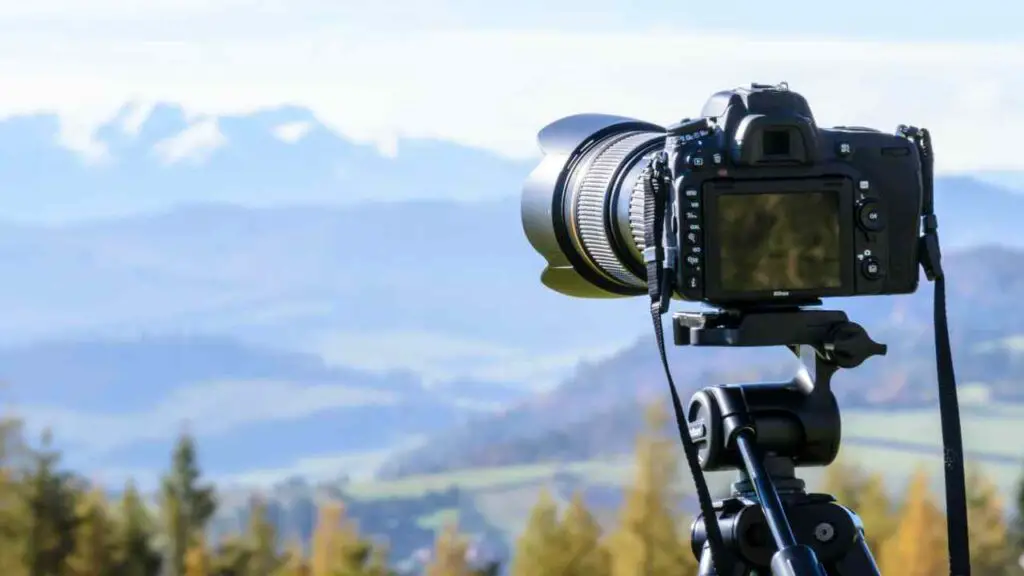
Shadows: The Silent Rhythm
Shadows aren’t just absence of light; they’re the silent drumbeats that accentuate the rhythm. Learn the art of using shadows to compose a visually captivating melody.
Shadows play a pivotal role in rhythm photography, adding depth, drama, and a dynamic quality to compositions. Here’s how shadows are effectively utilized:
- Creating Contrast and Depth: Shadows introduce contrast, emphasizing the interplay of light and dark. This contrast not only adds visual interest but also contributes to the perception of depth within the rhythmic elements of a photograph.
- Enhancing Rhythmic Patterns: Shadows can be strategically used to enhance or complement rhythmic patterns in a scene. The interplay of shadows and light can create captivating visual rhythms, especially when there’s a repetition of elements.
- Conveying Movement and Energy: Utilizing shadows in motion adds a dynamic element to rhythm photography. As shadows shift and change, they contribute to the overall sense of movement and energy within the composition.
- Highlighting Shapes and Forms: Shadows define and highlight the shapes and forms of subjects, enhancing the overall composition. This becomes particularly evident in the alternation of shadows, contributing to the multifaceted nature of rhythmic photography.
- Setting Mood and Atmosphere: Shadows influence the mood of a photograph, adding a layer of atmosphere. By manipulating the placement and intensity of shadows, photographers can evoke specific emotions, further enhancing the narrative within the rhythmic flow.
In essence, shadows become a dynamic component in rhythm photography, contributing to the overall visual harmony and storytelling.
Tempo and Timing
Photography is like music; it has its tempo. Understanding the tempo and timing in your shots can make or break the rhythm. Discover the secrets of capturing the right moment.
In rhythm photography, the concepts of time and tempo add a dynamic and engaging dimension to compositions. Here’s how they are utilized:
- Capturing Motion Over Time: Time in photography is often harnessed to capture motion and change. Using a slower shutter speed can convey a sense of movement, introducing a dynamic rhythm to the image. This is particularly effective in subjects like flowing water or moving crowds.
- Freezing Moments in Time: On the contrary, freezing a moment in time with a fast shutter speed can emphasize precise instances, creating a rhythmic pattern within static elements. This technique is valuable in situations where isolating specific moments enhances the overall composition.
- Setting the Visual Tempo: Tempo refers to the pace or rhythm of a musical composition, and in photography, it’s about setting the visual tempo. The arrangement and repetition of elements guide the viewer’s eye through the image at a pace determined by the rhythm. Understanding the tempo is crucial for creating harmonious compositions.
- Conveying Rhythmic Flow: The strategic use of time, whether through long exposures or precisely timed shots, contributes to conveying a sense of rhythmic flow within the photograph. This can evoke emotions and enhance the storytelling aspect of the image.
- Experimenting with Durations: Photographers may experiment with the duration of time to explore different rhythmic effects. This includes capturing sequences of images over time, creating a narrative and visual rhythm that unfolds gradually.
Flow and Movement: Waltz of Photography
Ever looked at a photo and felt like it’s in motion? That’s the waltz of photography – the flow and movement that create a dynamic rhythm. Uncover the techniques to infuse life into your static shots.
In rhythm photography, integrating the concepts of flow and movement adds a dynamic and captivating dimension to compositions:
- Flowing Rhythm: Flowing rhythm is achieved through curved or undulating lines that guide the viewer’s gaze, imparting a sense of continuity and graceful movement. Consider scenes with meandering rivers, winding paths, or natural curves that create a harmonious visual flow within the frame.
- Dynamic Movement: Incorporating dynamic movement introduces energy and life into photographs. Capture subjects in action—running, jumping, twirling, or any activity that suggests motion. This creates a visual rhythm that engages viewers by implying the continuation of movement beyond the captured moment.
- Freezing Action: Utilize techniques like freezing action to capture a precise moment within the broader flow. This involves using a fast shutter speed to crystallize a specific instant in time, allowing for the isolation of dynamic elements in the scene.
- Narrative Tempo: Consider the narrative tempo of your composition. The arrangement and repetition of elements guide the viewer through the image at a pace influenced by the rhythm. This storytelling aspect enhances the overall impact of the photograph.
- Implied Movement: Explore implied movement, where elements in the frame suggest motion without explicit depiction. This can be achieved through the strategic composition of elements that create a sense of anticipation or transition.
The Harmony of Color
Colors aren’t just visual elements; they’re notes in your photo’s melody. Learn how to create a harmonious color palette that enhances the overall rhythm.
Color plays a vital role in creating rhythm in photography, offering a vibrant palette to compose visually engaging and rhythmic scenes:
- Color Rhythm in Composition: Colors can be used to establish a rhythmic pattern within the frame. Whether through alternating hues or a gradual shift from one color to another, the strategic use of color creates a captivating visual rhythm.
- Contrast and Vibrancy: Leverage the contrast between vibrant colors to enhance the rhythm. Bold color contrasts draw the viewer’s attention and contribute to the overall dynamic feel of the composition. This can be particularly effective in capturing the viewer’s gaze and guiding it through the image.
- Color as a Narrative Element: Integrate color as a storytelling tool. A shift in color tone or intensity can signify a change in mood, tempo, or narrative within the photograph. This adds depth to the visual rhythm by infusing emotional nuances through the chosen color scheme.
- Monochromatic Rhythm: Explore the rhythmic potential of monochromatic compositions. A single color theme, varying in shades and tones, can create a harmonious rhythm that is both soothing and visually impactful. This simplicity allows the viewer to focus on the inherent rhythm within the color itself.
- Color Temperature Dynamics: Experiment with the dynamics of color temperature. Warm and cool tones can be juxtaposed to establish a rhythmic interplay, adding a sense of movement and contrast to the photograph. This technique is especially effective in outdoor settings where natural lighting influences color temperature.
Rhythm Across Genres
Whether you’re into portraits, landscapes, or street photography, rhythm is a universal language. Explore how rhythm manifests differently across various genres.
Rhythm is a fundamental compositional element that transcends different photography genres, enriching visual storytelling in unique ways:
- Portrait Photography: Rhythm in portrait photography can be expressed through the repetition of poses, facial expressions, or even patterns in clothing. It guides the viewer’s gaze across the subject, creating a visual flow within the frame.
- Landscape Photography: In landscapes, rhythm emerges through the repetition of natural elements such as trees, mountains, or waves. These repeating patterns add a sense of continuity and harmony to the scene, guiding the viewer’s eye through the vast landscape.
- Street Photography: The rhythm in street photography can be found in the repetitive motion of people, urban elements, or architectural details. Candid moments captured in a series can convey a dynamic visual rhythm that tells a story.
- Macro Photography: In macro photography, rhythm is evident in the repetition of textures, shapes, or details within a small frame. It creates a mesmerizing pattern that draws the viewer into the intricate world of the subject.
- Fashion Photography: Fashion photography often utilizes rhythm through the repetition of poses, fabrics, or design elements. The deliberate flow in the arrangement of these elements enhances the visual appeal and tells a cohesive fashion story.
- Documentary Photography: Documentary photography relies on rhythm to convey a narrative. The repetition of key moments or scenes within a series of images can create a compelling visual rhythm that immerses the viewer in the documented story.
Conclusion
As we wrap up this article, remember that rhythm in photography is more than just a visual concept; it’s a symphony that resonates with emotions. Keep dancing to the beats of your own photos.
